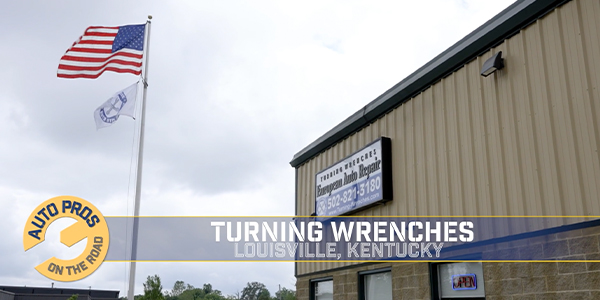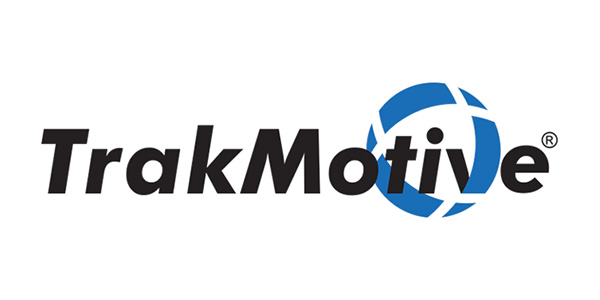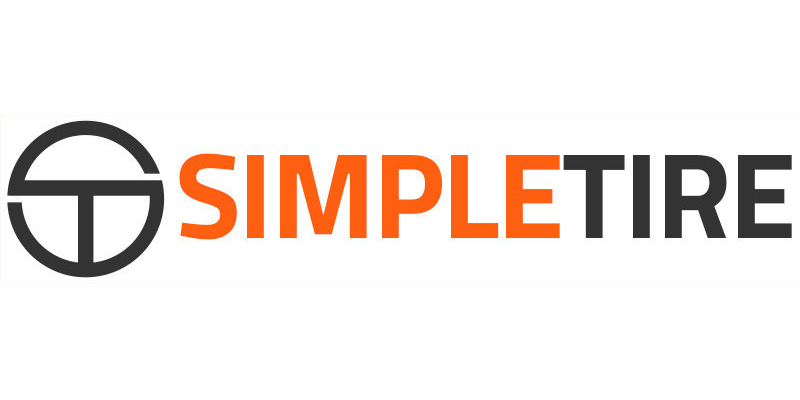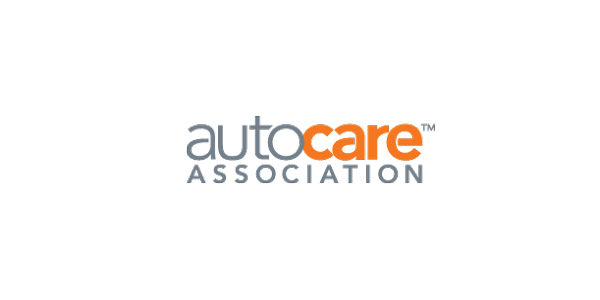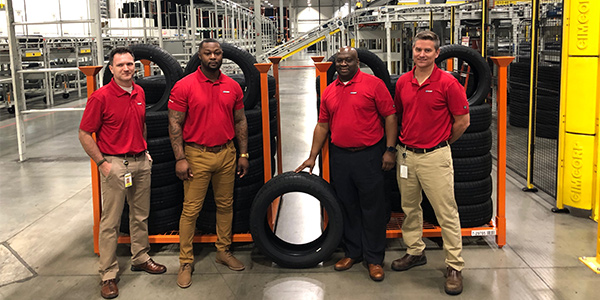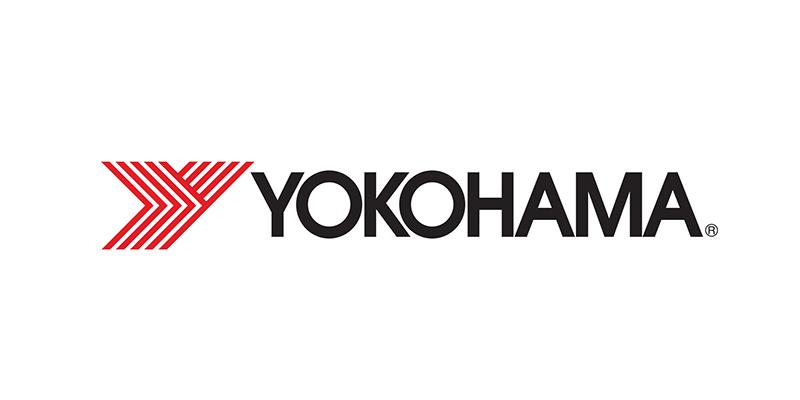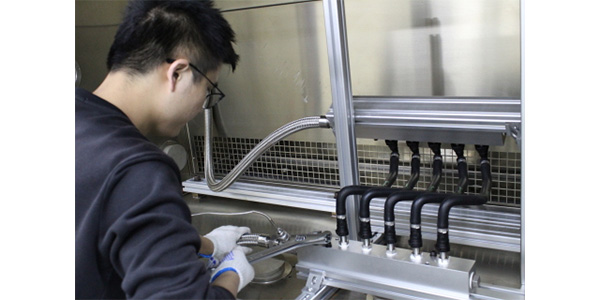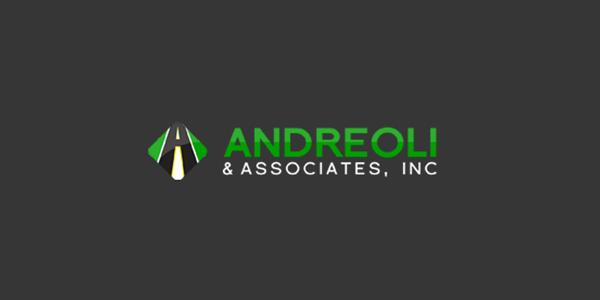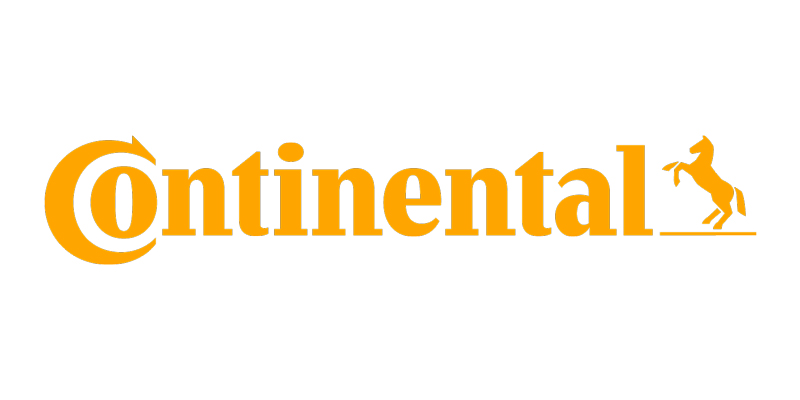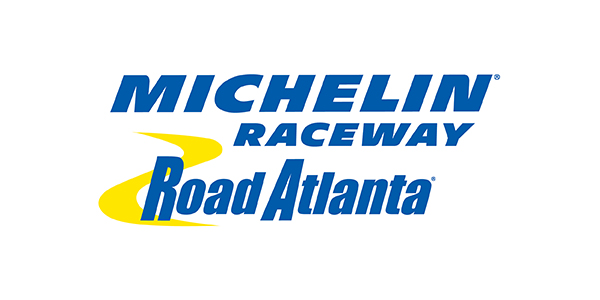When Tire Review last met with Yogesh Mahansaria, CEO of Alliance Tire Group, the company had recently built a greenfield plant in India and bought portions of the bankrupt GPX International Tire. After spending most of 2010 examining its goals and how the newly-acquired assets fit into the company’s overall strategy, Mahansaria says ATG is now poised for growth in North America.
Mahansaria, along with Manny Cicero, president of Alliance Tire Americas, sat for an interview with Tire Review at last year’s Global Tire Expo. The pair talked about Alliance’s brand strategy, research and development strength, manufacturing footprint and growth targets for the North American market.
How will your brands be positioned under the ATG umbrella?
Cicero: From a positioning standpoint, we’re not going with a good, better, best strategy because they are all distinct brands. To us, Alliance is the lead brand for agriculture, Galaxy has a heritage in construction and industrial tires and Primex has a tradition in earthmover, OTR and forestry. Rather than putting the three brands as good, better, best across all those segments, we will keep the core strengths of each brand that already exist. When we bought the brands, it was because they were well-known in segments that we didn’t participate heavily in or weren’t strong in. We’re not completely finished with our total brand strategy, but we’ve come a long way in 2010 in developing that. We have three strong portfolios, each geared toward a different segment of the off-highway market. The last couple of years, since Alliance bought strong brands, the name didn’t seem to capture all that we have to offer, hence the move to re-identify ourselves as Alliance Tire Group, or ATG.
What role will research and development play under the new Alliance Tire Group?
Cicero: It’s huge. Yogesh has said that aside from the three majors, no one has our reach of R&D. We have people on three continents involved in R&D – in the Boston area, which was part of the GPX purchase, and in Israel and India. Between the three of those teams, we introduced about 80 new products in 2010 alone. Our goal is to develop 100-plus products a year – some are line extensions, and some are totally new entries into a segment. There are a lot of players in the industry, but there are very few technical players. You have to be technical for the application-specific work tires we produce. The tires do a lot of work and are technically engineered for maximum value. R&D is what we excel in.
What factors determine the extended sizes and new products you aim to develop each year?
Cicero: Some is OE-driven, but the majority is listening to customers in different parts of the world about a specific need. For example, we’re producing tires for a customer in Australia who has a special need to carry a certain load at a certain speed, and no tire exists that can handle that. So we’ve developed an all-steel radial flotation tire that does 100 km/hour, roughly 66 mph. Prior to that, 40 mph was the highest available. So that tire meets a need in Australia, but once that need is met, the application will turn up somewhere else. Anytime you can develop something that carries more weight and goes faster without generating heat, that’s an important product for these industries.
What is your goal for ATG in North America and how are you working toward that?
Cicero: After a year of relative introspection, of looking at where we bought and trying to make sense of the different parts and purchased assets of the company, the goal now is to grow – growth that will outperform the industry. Even in 2010, we grew three or four times the industry growth rate, despite the fact that we spent an inordinate amount of time talking amongst ourselves and with some of our customers about how best to position the brands we bought and the distribution we had. Moving forward, our goal is to increase our presence, our service levels and our warehouse footprint so we have products closer to our customers; to increase the number of products that we compete in so our current customers can deliver more to their customers, and have an opportunity to get a share of new customers’ business. Right now, we’re definitely growth-oriented, with some very ambitious growth goals that have been given to us. We’re very excited to meet those goals. We’re using our three strong brands, plus investments in our sales force and engineering, as the tools to meet those goals.
Mahansaria: We’re excited that we’re well-placed for the future. A year ago, we started up production in India and bought the Galaxy/Primex business, and this year we spent consolidating all of those big steps and that has put us into a well-placed position. Moving forward, our focus will be leveraging these investments to the maximum for the next couple of years. That ultimately will include the next cycle of investment and the next cycle of manufacturing capacity. As a group, we are committed to this business. We have a very extensive global footprint with people on the ground in practically every part of the world; that is unique for a company of our size.
What is Alliance’s current North American warehouse footprint?
Cicero: We gained two warehouses out of the GPX acquisition – Memphis and Houston. We need to build up that footprint so we’re strategically located close to customers for a one- or two-day turnaround of product. We’ve hired an outside company to study where it makes sense to add distribution given our past, current and potential customers, the three brands we market, freight costs and service levels. We expect to have a third warehouse, possibly in the northeast U.S., in the second half of 2011. We will add a fourth warehouse in 2012, probably somewhere on the west coast.
What particular challenges do you face that are unique to the North American market?
Cicero: One of the biggest challenges in the U.S. certainly is the countervailing and anti-dumping duties on Chinese products. That’s very unique to this market; we don’t even face that in Canada or Mexico. That presents certain sourcing challenges for us, and that’s ultimately what led to the demise of GPX. We bought those brands and still have a lot of the relationships with those factories and that has provided us with some challenges. That, and the size of the North American market – it is the world’s largest, most competitive market. Everyone is a player there. And for that reason, Alliance has been tentative in the past about its long-term presence in the Americas. It was easier to sell in other parts of the world. We only had one factory in Israel at one time, and it was fairly capacity-strained. Alliance could sell those products elsewhere in the world for more money with less competition. The new ownership took over Alliance in 2007 with the intent of being a major global player in the off-highway segment; you can’t do that without being present in North America. Our investment in this – trade shows, advertising, distribution, R&D, etc. – says we’re not afraid to be here, and that we’ve made a commitment to grow in the world’s largest market.
When Tire Review interviewed you last spring, the new plant in India was running at 35% capacity. What is its status now?
Mahansaria: We are closer to 50% now and are continuing to ramp up capacity further. Making sure the quality remains at the same level and training our employees accordingly is a time-consuming process, but we do anticipate capacity increasing every month. Within 12 to 18 months, we will reach optimum capacity of 50,000 tons per year.
Cicero: There also is more room to grow at that plant. There is a lot of available land to expand.
How is Alliance proceeding toward your goal of $500 million in sales worldwide by 2012?
Mahansaria: We are on track to meet that goal. Our business grew about 20% in 2010 and we anticipate it to grow 25% in 2011.
How have you aligned GPX’s medium truck tire business into ATG?
Mahansaria: In the U.S., we are distributing these products and serving commercial tire dealers. These companies are buying a mix of medium radial truck tires, as well as construction and ag tires. We must tailor our distribution channel for these dealers; the consumer tire dealers and those distribution channels are not our customers, and we will focus accordingly.
Have you given any more consideration to entering the giant OTR market?
Mahansaria: Not at this time. It’s a different area of the market that needs special skills and technology. It is something we could potentially enter in the long-term, but it’s not something that’s on our immediate horizon.
Are there any plans to build additional manufacturing plants?
Mahansaria: As part of our long-term objectives, we eventually will need additional manufacturing capacity. Given that it will be about a year before we reach full capacity at the India plant, this is looking further out, to five years or so. This will be a part of our five-year plan.

